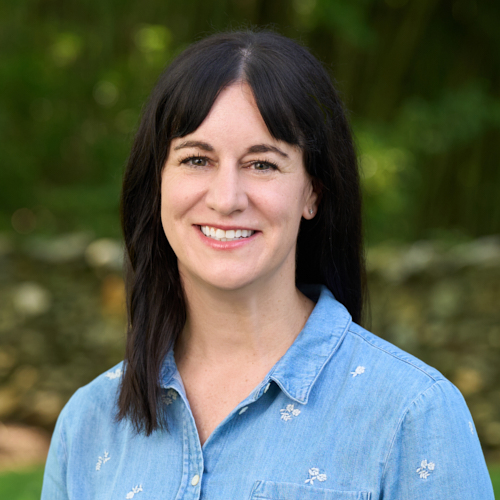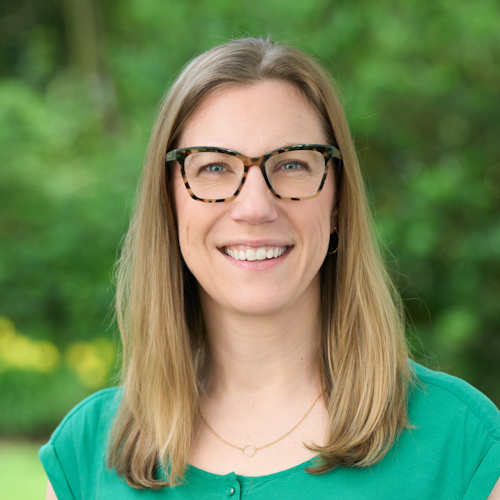Educating the Next Generation with Population Education
Presentation with Barbara Huth, Online Learning Manager, and Carol Bliese, Senior Director of Teacher Programs
Population Education equips K–12 educators with the tools to teach young learners about the connections between global population trends, people, and the environment.
A highlight of PopEd is our annual World of 8 Billion student video contest. This global competition invites middle and high school students to produce 60-second videos that explore the impacts of population growth on one of three topics each year, and then propose creative, sustainable solutions.
During this virtual event, we were inspired by the winning entries from the 2024-2025 contest and heard about the incredible response from students worldwide. In addition, we learned more about PopEd’s professional development workshops, ready-to-use curricula materials, and interactive activities used in classrooms throughout North America and beyond.
Date: October 28th, 2025
Chat Box Discussion
Measuring PopEd’s Impact
Student Video Contest: Mini Grants
Student Video Contest: Research Background
World of 8 Billion Teacher Resources
Lesson plans to kick of the contest and for each global topic.
Lesson Plan: Hill of Beans
Connections to AP classes
Blogs with tips and additional content, and more!
Social Hub to help spread the word
Population Connection Instagram
Population Connection Bluesky
Population Connection LinkedIn
Q&A
Questions from the audience, with responses from Barbara Huth, Online Learning Manager and Ana-Maria Gutierrez, Education Marketing and Outreach Manager
Are the videos required to be drawn and/or animated? Are there any using photographic video?
Response from Ana-Maria Gutierrez: Videos do not need to be animated or hand-drawn. Lots of students create entries using live-action footage, motion photography, or documentary-style storytelling.
A colorful, multi-layered, intersectional, interactive digital and print world population timeline would be a dynamic population-centric educational product for learning! Does such exist?
Response from Barbara Huth: It does! We have an interactive thematic timeline where you can explore milestones related to population growth from 1 CE to present. The themes include: food and agriculture, health, people and society, and science and technology. If a milestone relates to a specific geographic location, a white diamond will appear on the map above. The timeline is found on our World Population History website. The site also houses a short video, the annotated map, and data overlays on the map for things like human land use and fertility rates.
We also have a Quick Trip to 8 Billion poster that is featured on the World of 8 Billion student video contest website. This poster includes lesson plans for exploring the infographic data and some historical events that occurred over time. We distribute it in our teacher training workshops and it’s available for purchase in our online store.
What are your most popular and practical workshops for youth and adults?
Response from Barbara Huth: Because our lessons are cross-curricular, we tend to have more university workshops that focus on our elementary lessons, because K-5 teachers will teach all four core subject areas. Some of our most population lesson plans, however, are for high school teachers – specifically teachers of AP Human Geography and AP Environmental Science.
Could you talk about the media outreach you do about the winners each year?
Response from Barbara Huth: We send a general press release about all the winners to a national media list every year and we reach out to local media networks for each of our 1st place, 2nd place, and honorable mention winners. We also provide a press template for the educators to share with their local school and community media outlets. You can check out the press the contest and our winners have received here.


